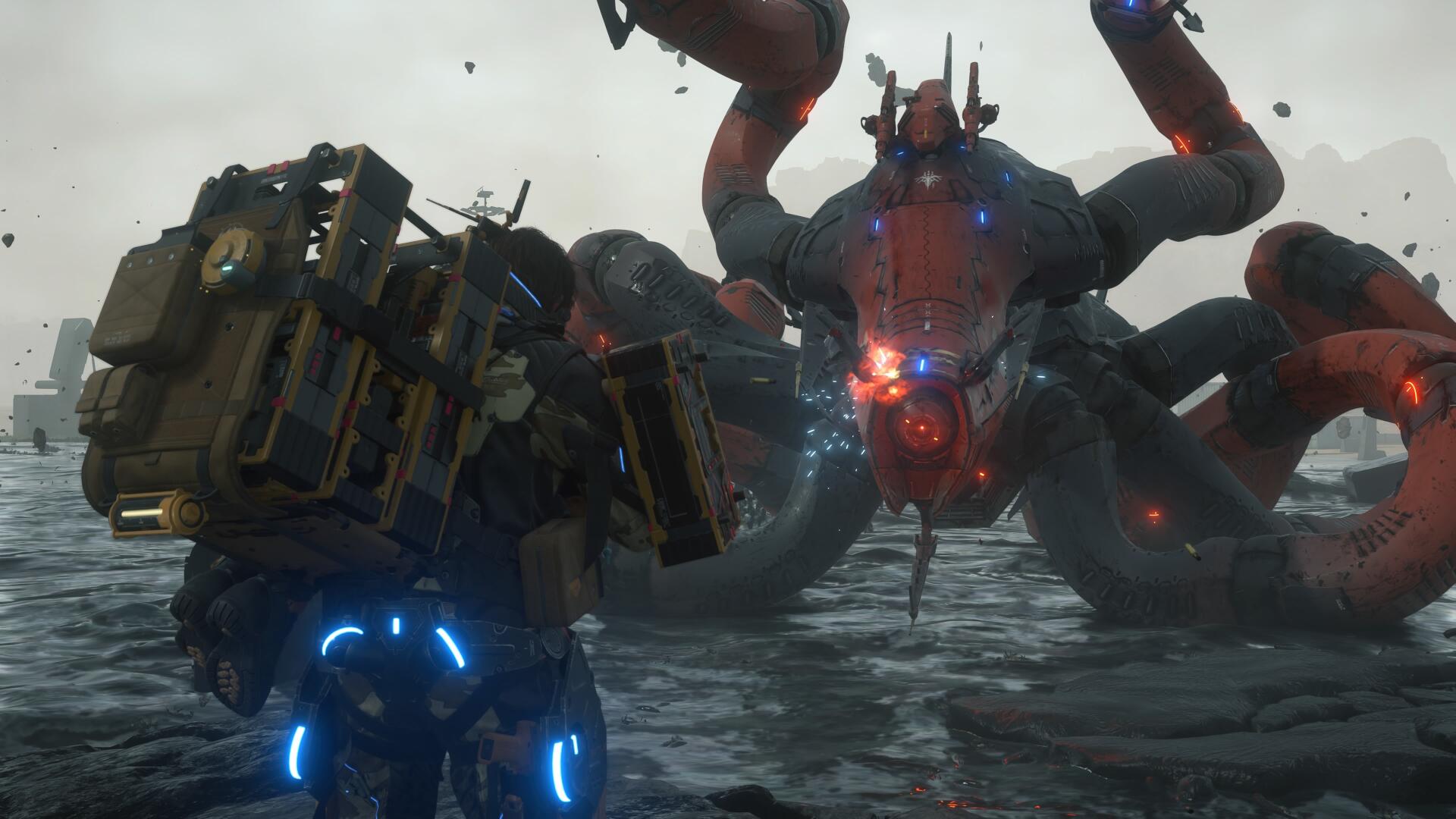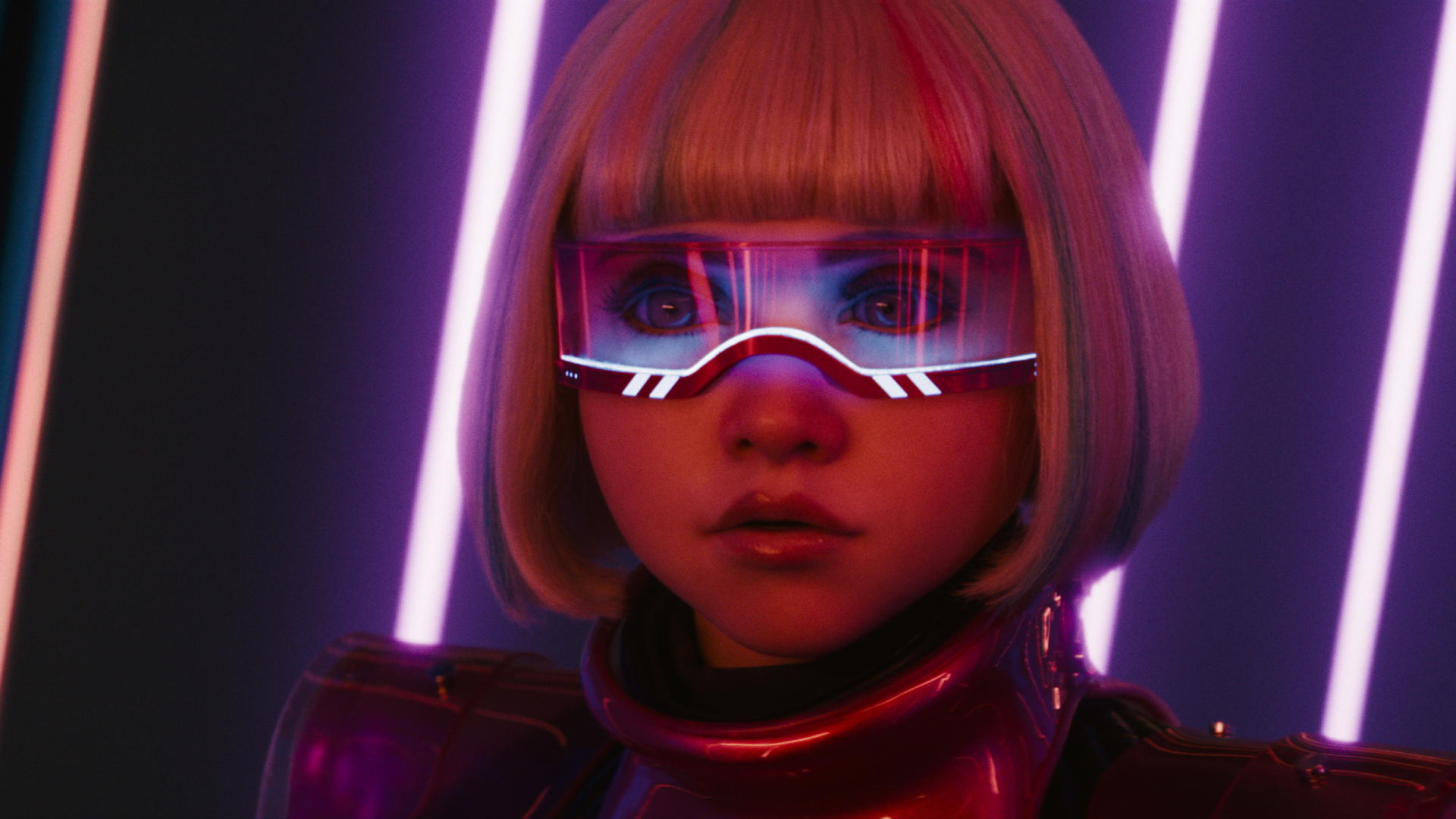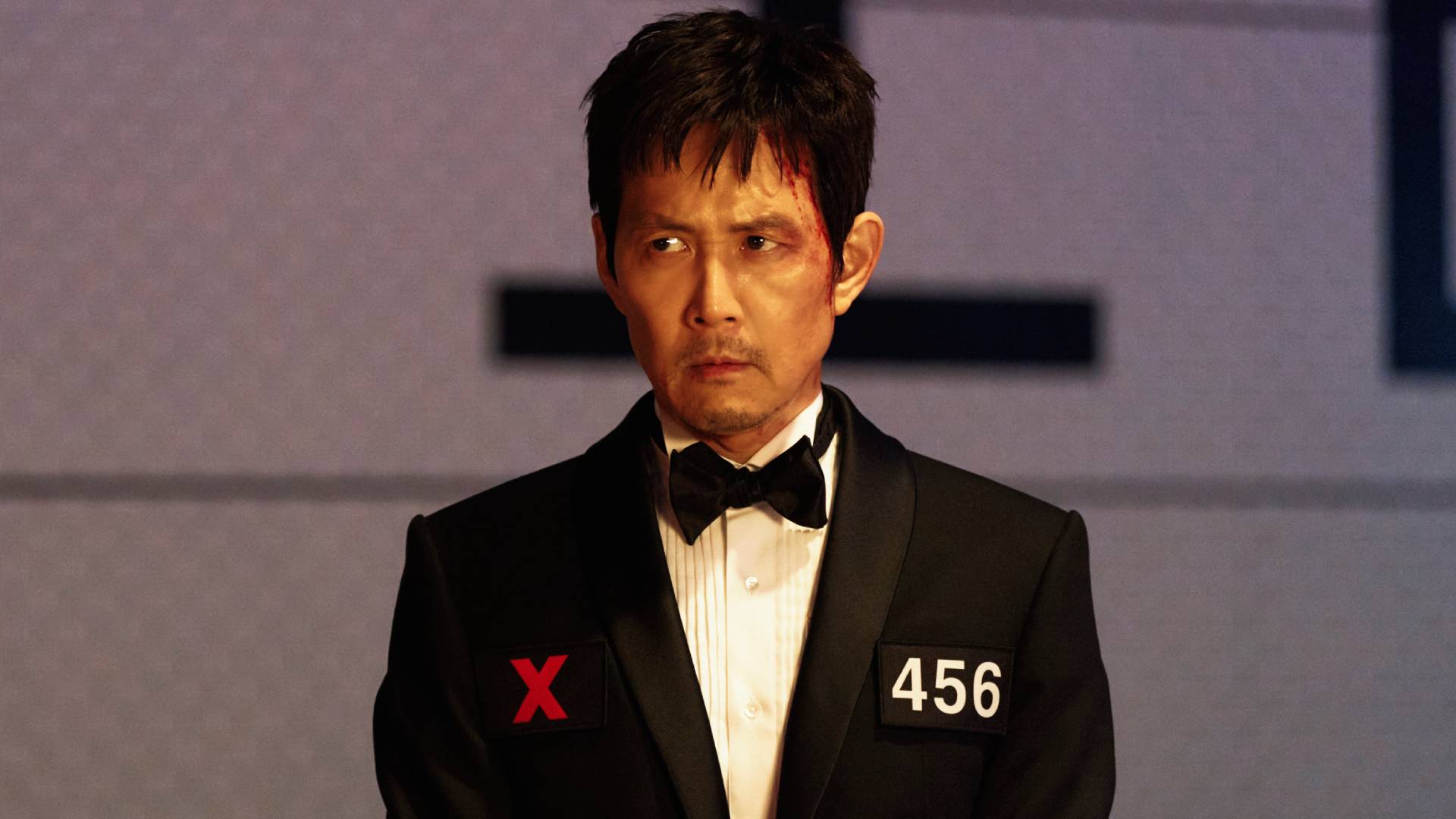As the original Switch's legendary 8-year run comes to an end, no series benefitted from it more than Fire Emblem
Opinion | Fire Emblem was a series waiting on the Switch

I'm not a Fire Emblem lifer. I've only recently learned the difference between The Blazing Blade and The Binding Blade, or pondered the canonicity of Tokyo Mirage Sessions. My journey with the series began with seeing a friend play one of the games on his Game Boy Advance during the bus ride to school, and that's the level of familiarity I maintained for the next decade.
I distinctly remember feeling like I had missed my jumping-on point for the series. This is especially funny given that I'm pretty sure my friend was playing Fire Emblem (no subtitle), the first entry released outside of Japan – yet still the seventh overall. I needed a firm handhold if I was ever going to dive in. Conversely, the story of Intelligent Systems has been the story of a developer with ambition bigger than the hardware it had to work with. I needed Fire Emblem: Three Houses, and Three Houses needed the Nintendo Switch.
Wait your turn
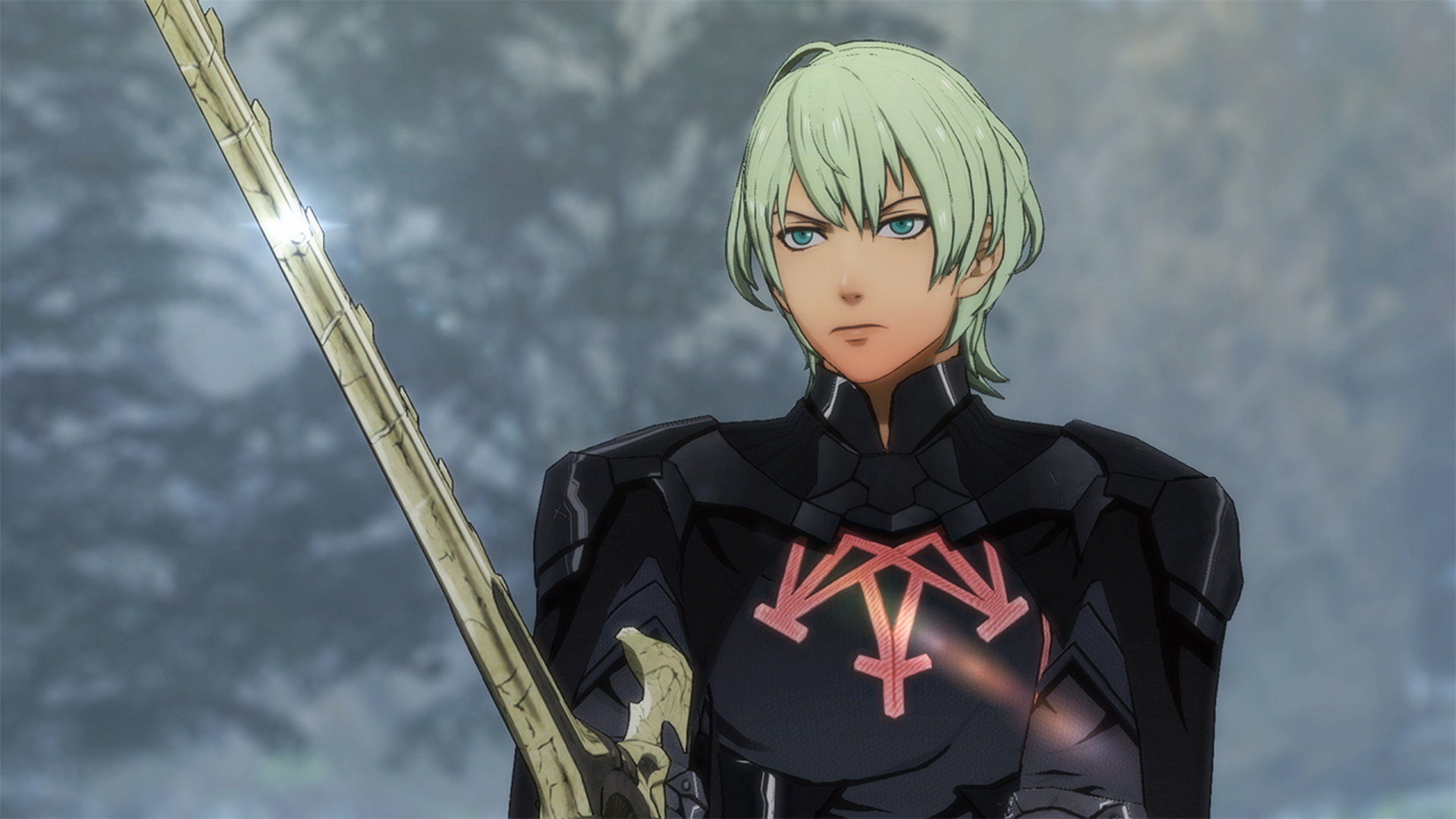
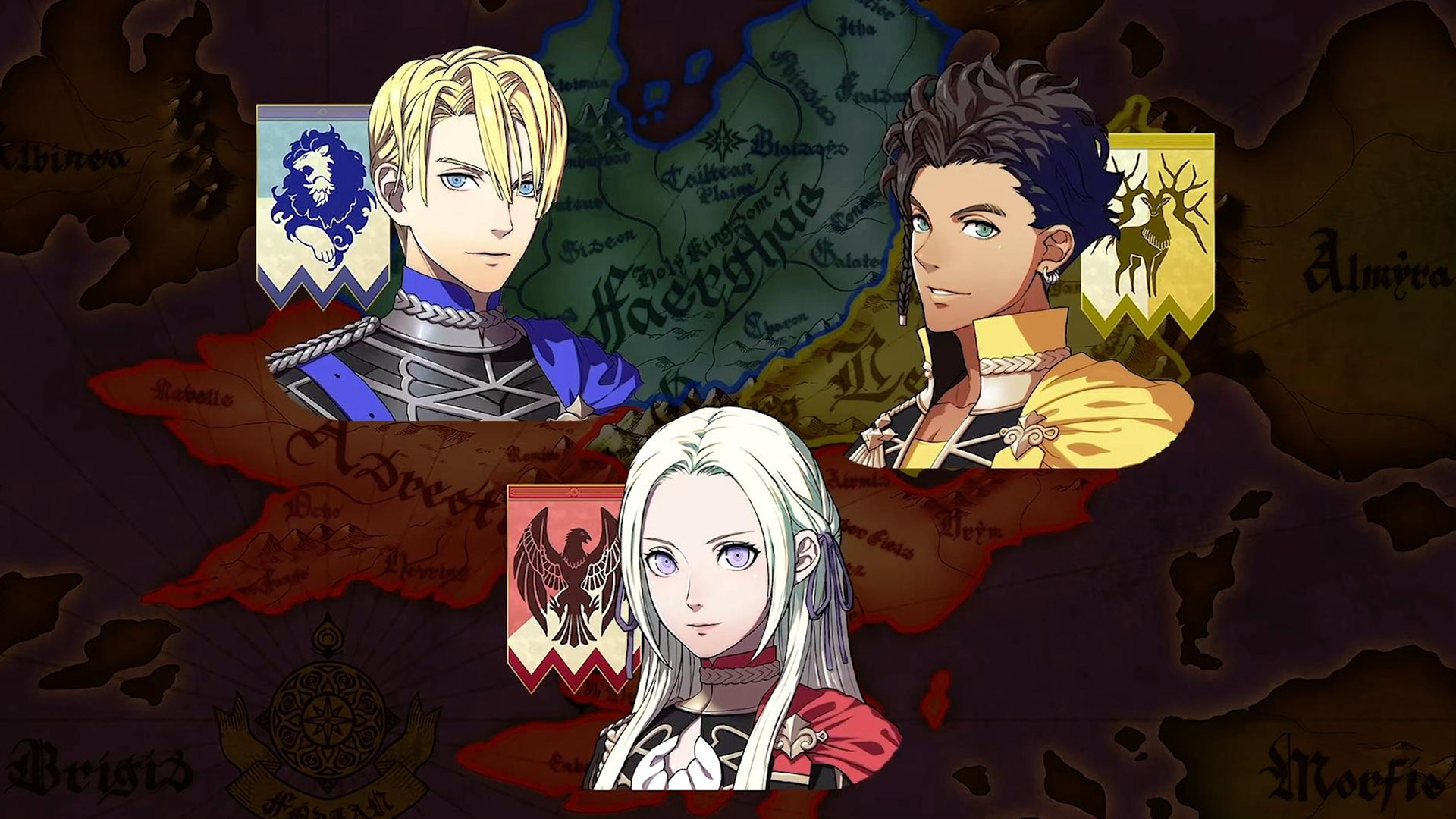
Fire Emblem: Three Houses review: “A masterclass in emotionally gripping tactics”
In an industry of ballooning production budgets and an overreliance on graphical power, it's a little gauche to say that any game stands to benefit from raw technical capacity. But then, I consider the fantasy of leading an army into battle, and I compare it against the dozen or so pixelated sprites you could fit onto a handheld back in 2003. Those early Fire Emblem games were heavily abstracted in order to operate on the level of plot, tactics, and melee.
The Switch's graphical contribution to Three Houses allowed characters to be rendered the same way in social sequences, on battlefields, and in individual combat. It broke down the layers of separation between modes of play, helping to transform Fire Emblem from a series of menus into a continuous campaign. And it's not just a change in vibe: new mechanics, like battalions, took advantage of this greater scope to sell the fantasy of commanding whole armies in a material way.
Maps also benefited from the additional hardware support, allowing certain missions to become running battles across entire blazing city blocks. A Blue Lion's share of my enjoyment playing Three Houses for the first time came from sending sub-squads to far corners of the map to head off dangers, grab additional objectives, and ultimately join up again to flank enemies. Earlier games featured even larger maps – Genealogy of the Holy War's battles spanned entire countries, across which you might pilot 20 units or more, one at a time – but Three Houses hit a sweet spot between spectacle and wieldiness that wowed me without scaring me away.
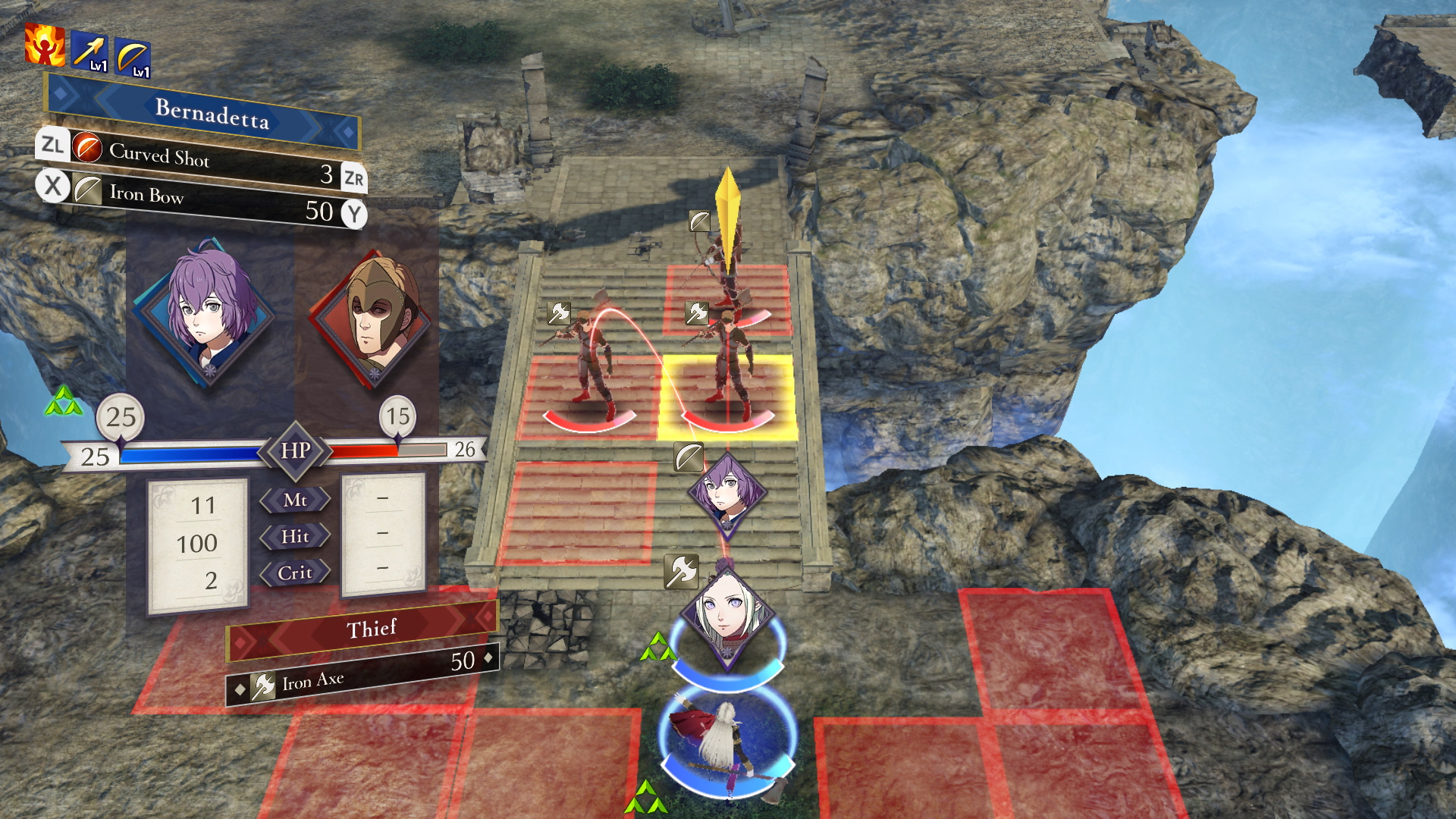
Garreg Mach Monastery is as immense as any of the landscapes you actually battle in, and for the first time in the series, this hub location was given a position of privilege on par with those actual fights. Whereas Fates' My Castle system experimented with basebuilding, Garreg Mach returned its focus to Fire Emblem's main strength: squadbuilding.
In previous entries, the only way to build support was to make characters fight alongside each other – no chores, no cooking your paramour their favorite meal, no tea parties. For the efficiency demanded by other Fire Emblem games, that approach did the trick just fine. But getting to actually spend time with characters outside of combat added another dimension to my squad's makeup. I may have second thoughts about throwing Caspar deep behind enemy lines by himself if I know that his birthday's coming up, for example.
Weekly digests, tales from the communities you love, and more
Of course, I wouldn't feel so conflicted if the characters weren't well-written. That's not to say the Nintendo Switch's hardware gets credit for the character writing of Three Houses. But here again, it benefited from the experimentation of Fire Emblem Fates.
Fates was the first and only entry to come out in three flavors – Birthright, Conquest, and Revelation, like a Pokemon generation – representing three widely divergent routes the protagonist could take through the plot, as well as exclusive allies, classes, and items. Weighty decisions have been a hallmark of the series from the beginning, and branching narratives have been a part of it since The Blazing Blade. But those decisions are typically made in the moment, either in the heat of battle or in dialogue, not at the Nintendo eShop. Three Houses expands its narrative aperture to the level of Fates while remaining accessible on a single system.
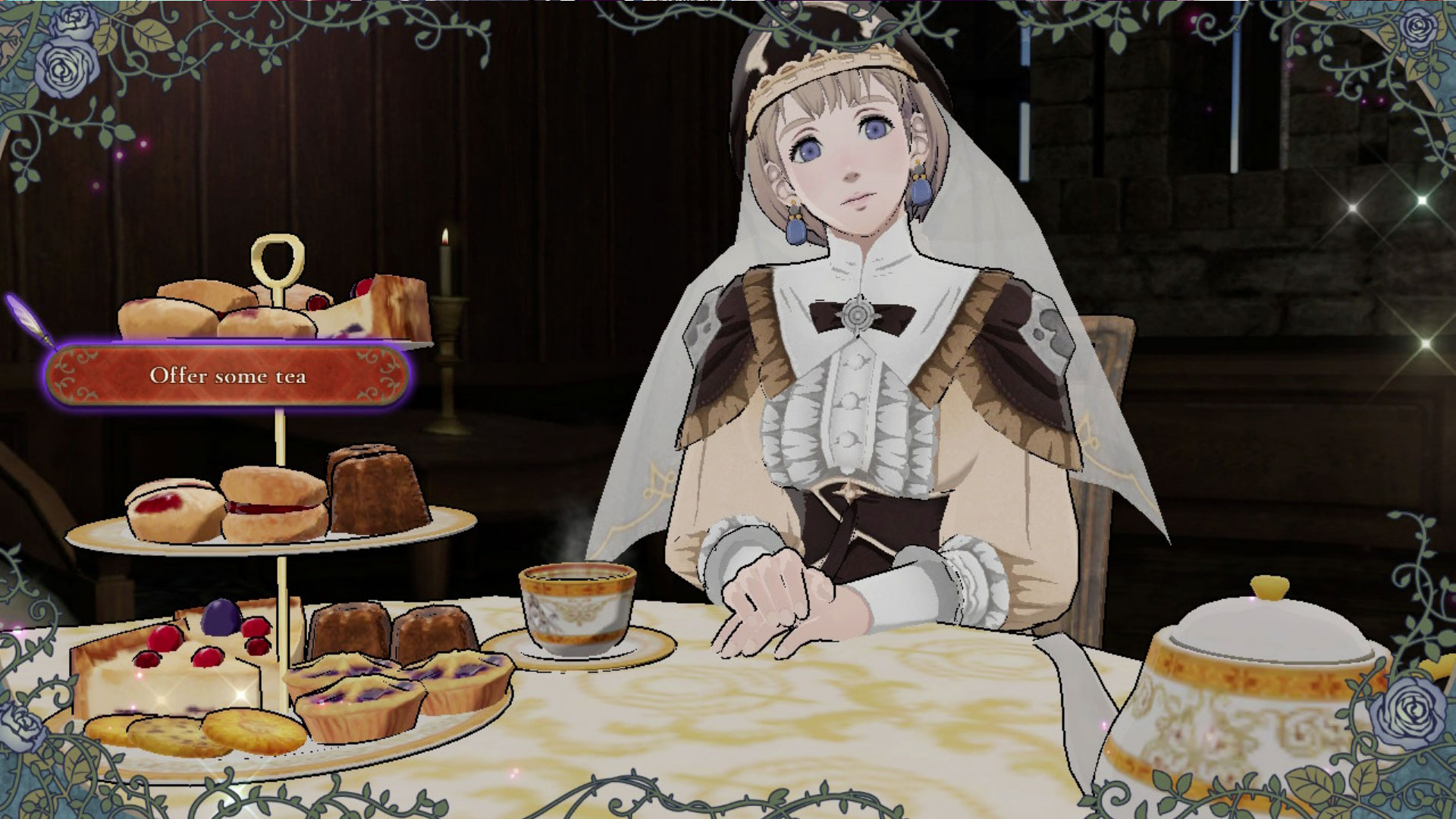
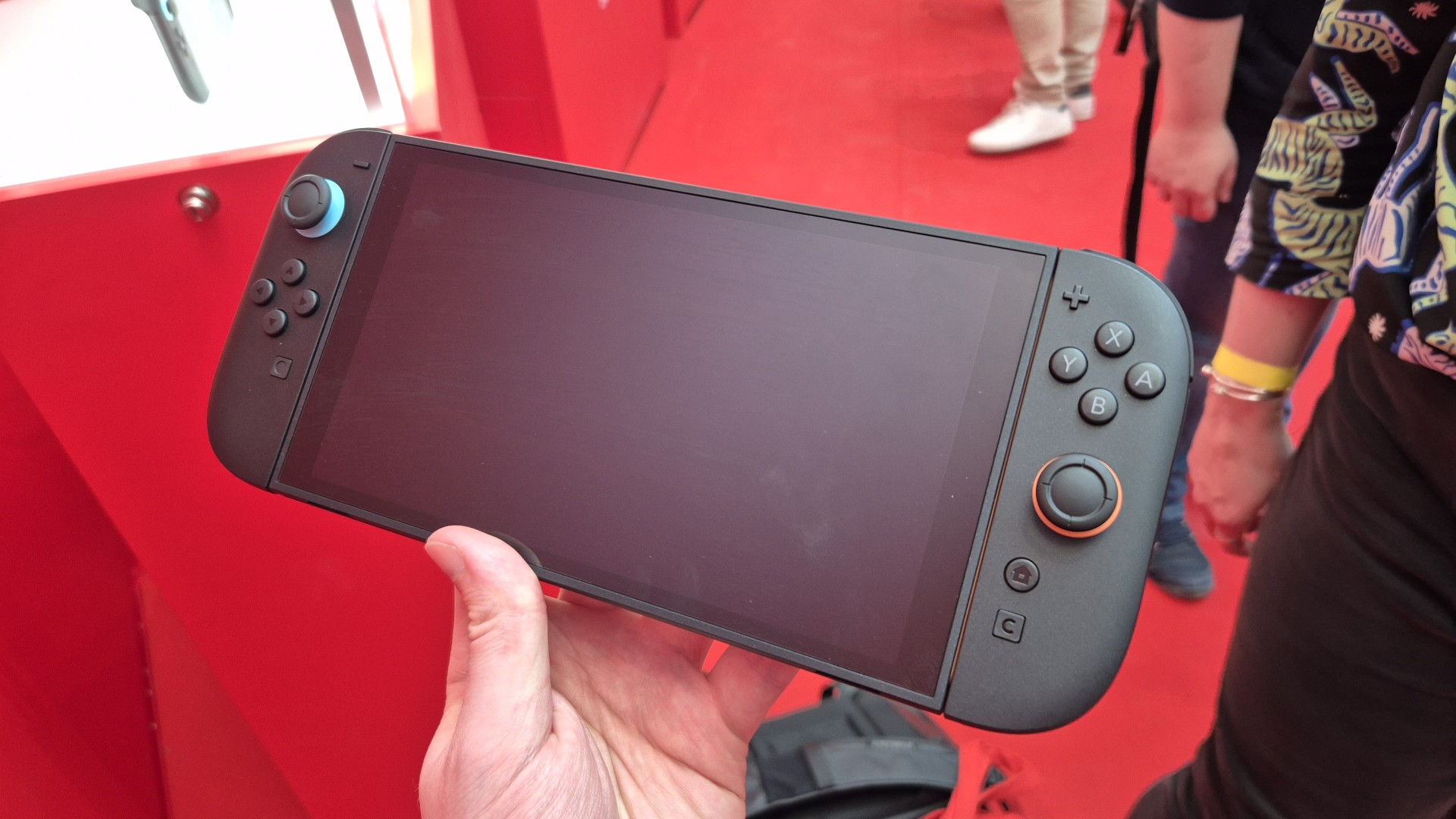
We're staying on top of all things Switch 2 here, including live Nintendo Switch 2 news as it comes in
Incidentally, that system wound up being immensely popular across all demographics of players, exposing new audiences to a still fairly niche franchise. And although Intelligent's last big swing at cementing Fire Emblem as a staple Nintendo franchise, Fire Emblem Awakening, employed a time travel narrative with references to characters and events from across the series, Three Houses followed a more familiar political struggle between noble houses. It came out just two months after the Game of Thrones finale fumbled a similar story.
Longtime fans objected to the mechanical accessibility of Three Houses, which compromised on brutal features like permadeath in favor of a lower difficulty overall. A bit of prickliness is woven into the identity of Fire Emblem, and I can understand how shaving off those sharp edges may change the core experience of the series for some fans. But I also have to acknowledge that my curiosity about those older, tougher titles would never have been piqued if I'd lost a favorite character because I forgot the direction of the Weapon Triangle.
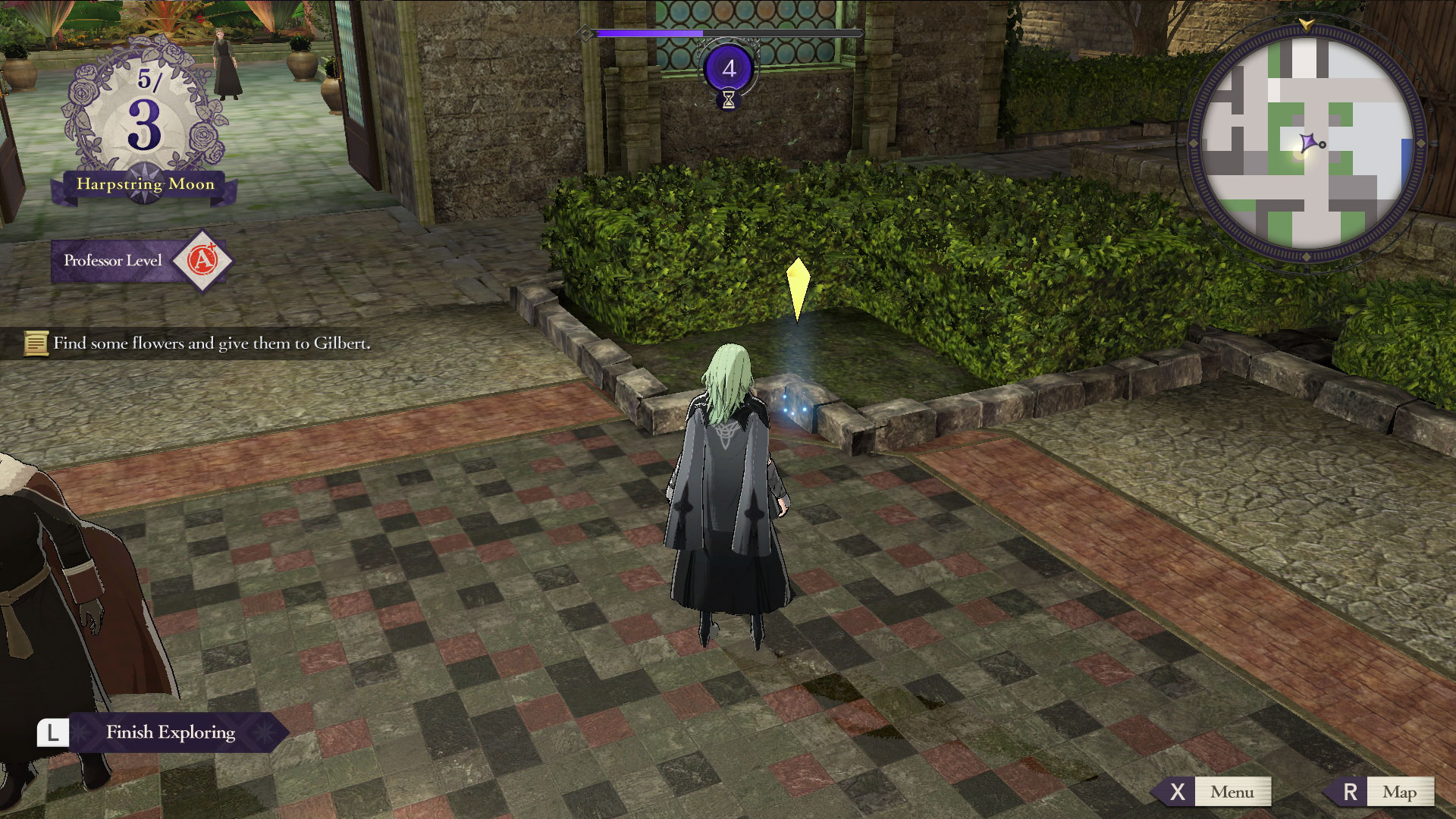
I also would have struggled to stay glued to my couch for the sixty- or seventy-hour investment a Fire Emblem game demands. The series always had a bit of an identity crisis between handheld and console: for all it stands to benefit from powerful hardware, its mission structure makes it a better fit to pick up and play; its characters ride the line between deep and expendable, like a TV show where any character might get written off at a moment's notice. For such an episodic approach, a hybrid handheld console was the perfect solution.
Given how Three Houses intentionally diverged to let new players in, its follow-up, Fire Emblem Engage, is curiously obsessive about a history that many players will have no connection to. I'm choosing to read this as another attempt to pave the way for new fans, a kind of whirlwind tour of relevant lore (and mechanics) reaching back into the '90s. That should give both rookies and veterans good reason to be excited, as future games are free to reintroduce legacy concepts. Three Houses let us newbies study up on what makes this series great, and in its innovations to tailor the series to the Nintendo Switch, it was a masterclass.
Nintendo's upcoming Switch 2 games have a Fire Emblem-shaped hole, but there are plenty of goodies on there to look forward to
Dayten Rose is a freelance culture and games writer based in Kansas City, Missouri with a background in linguistics and local journalism.
You must confirm your public display name before commenting
Please logout and then login again, you will then be prompted to enter your display name.
